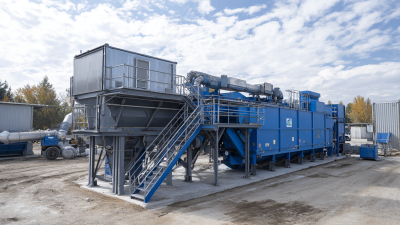When it comes to wastewater management, 'Improved Treatment Efficiency' has really become a key factor in how well healthcare settings do, you know? Just recently, a report from Global Water Intelligence highlighted that upgrading treatment methods can cut operating costs by about 20-30%, all while making pollutant removal way more effective.
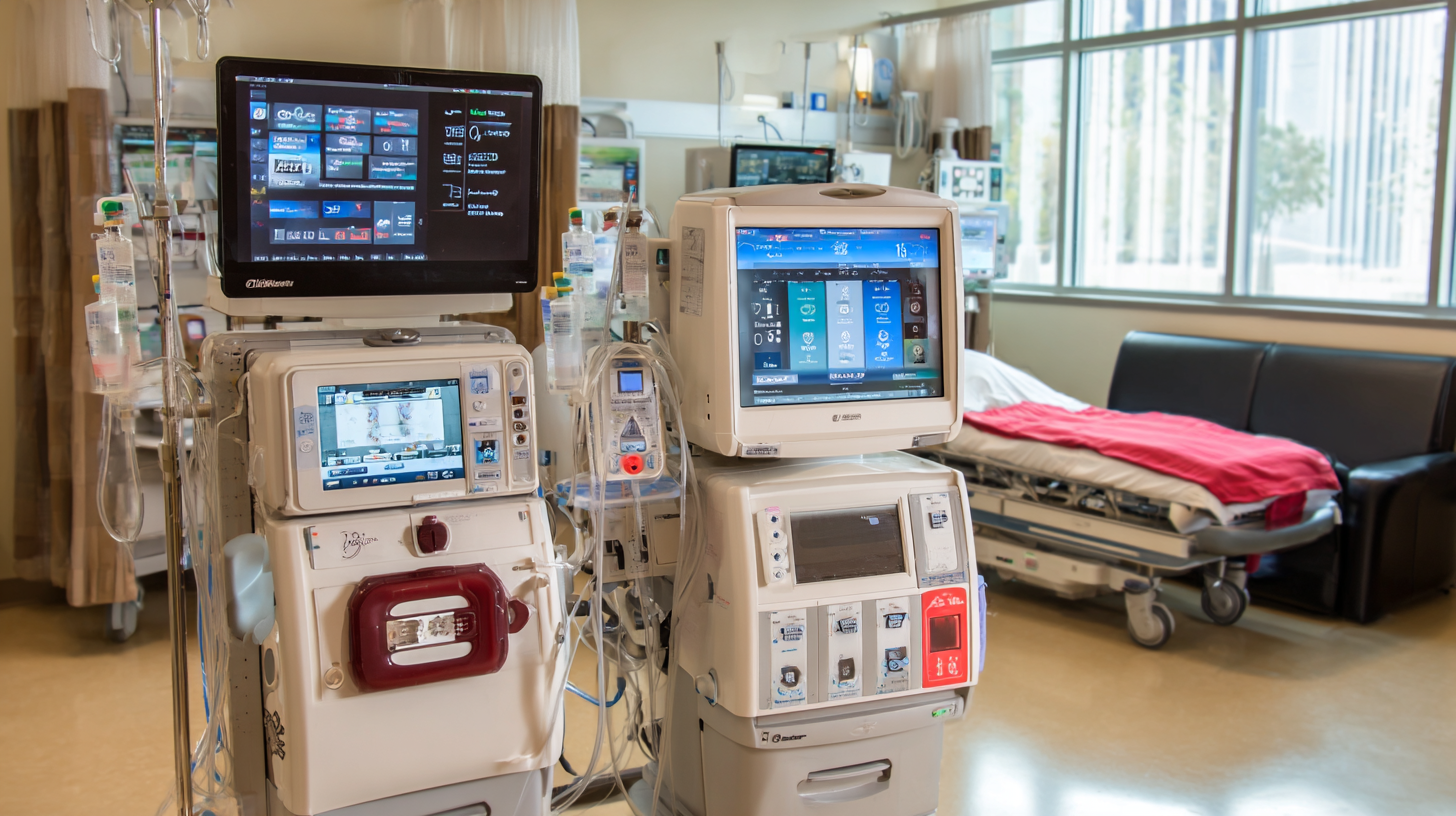
Companies like APEX, who are known for their top-notch sludge drying and conveying equipment, are leading the charge here. They’re offering solutions that not only make treatment processes smoother but also help reduce environmental impact. With the global demand for advanced wastewater treatment tech soaring—especially in places like China—it's pretty clear that hospitals and local governments need to start investing in tools that are both efficient and reliable. Focusing on better treatment efficiency isn’t just good for operations; it means healthier outcomes and a step toward more sustainable water practices overall.
Making sure we use evidence-based practices (EBPs) in our clinical work is super important if we want to give better treatment and see better results for our patients. These strategies help create a culture where everyone’s always looking to improve, and they keep us grounded in the latest research. One good way to get started is by encouraging different healthcare professionals to work together. When different experts team up, the care we provide becomes more well-rounded and thoughtful, which totally benefits the patients.
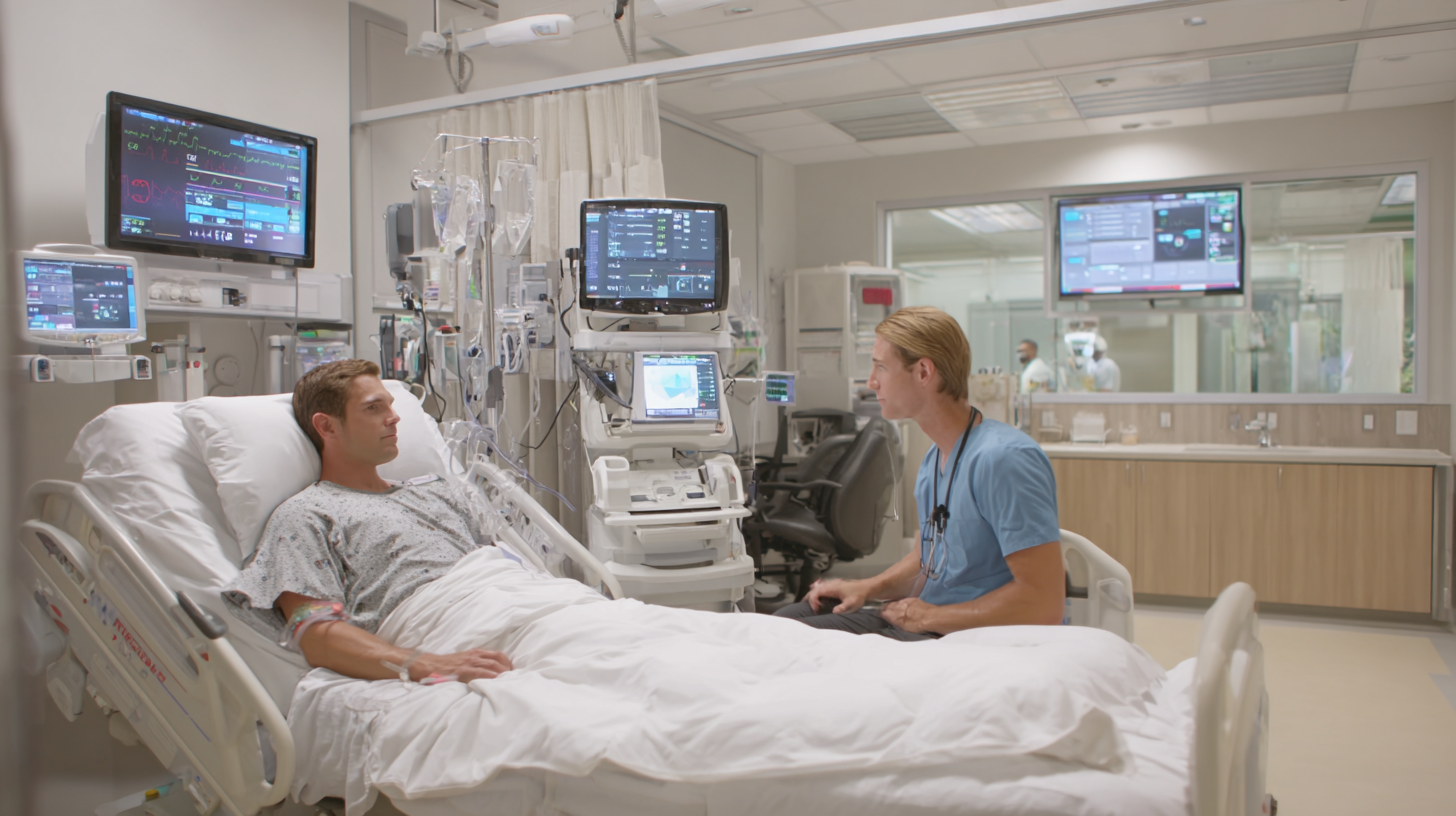
Some tips to really make this work include holding regular training sessions so staff can stay up-to-date with the newest research and guidelines. It also helps to weave EBP into everyday routines—say, using checklists or protocols that nudge providers to consider evidence-based options during patient assessments. And don’t forget how valuable patient feedback can be. Listening to patients’ experiences helps us tweak our approach and align more closely with what the evidence suggests works best.
To really double down on this, healthcare facilities might want to set up special committees responsible for reviewing current practices and suggesting updates based on new research. Not only does this keep everyone accountable, but it also encourages staff to embrace these evidence-based changes, which can boost both the quality of care and patient satisfaction overall.
Bringing tech into healthcare really makes a difference when it comes to making treatments more efficient and, honestly, helping patients get better outcomes. One of the most impactful ways to do this is by using electronic health records, or EHRs for short. These systems don't just make it easier to keep track of patient info—they actually let doctors and nurses access what they need much faster. That means they can make smarter decisions on the spot, spend less time drowning in paperwork, and instead focus more on what's really important: taking care of the patient. Plus, EHRs help ensure everyone on the care team is on the same page, making communication smoother and coordination better.
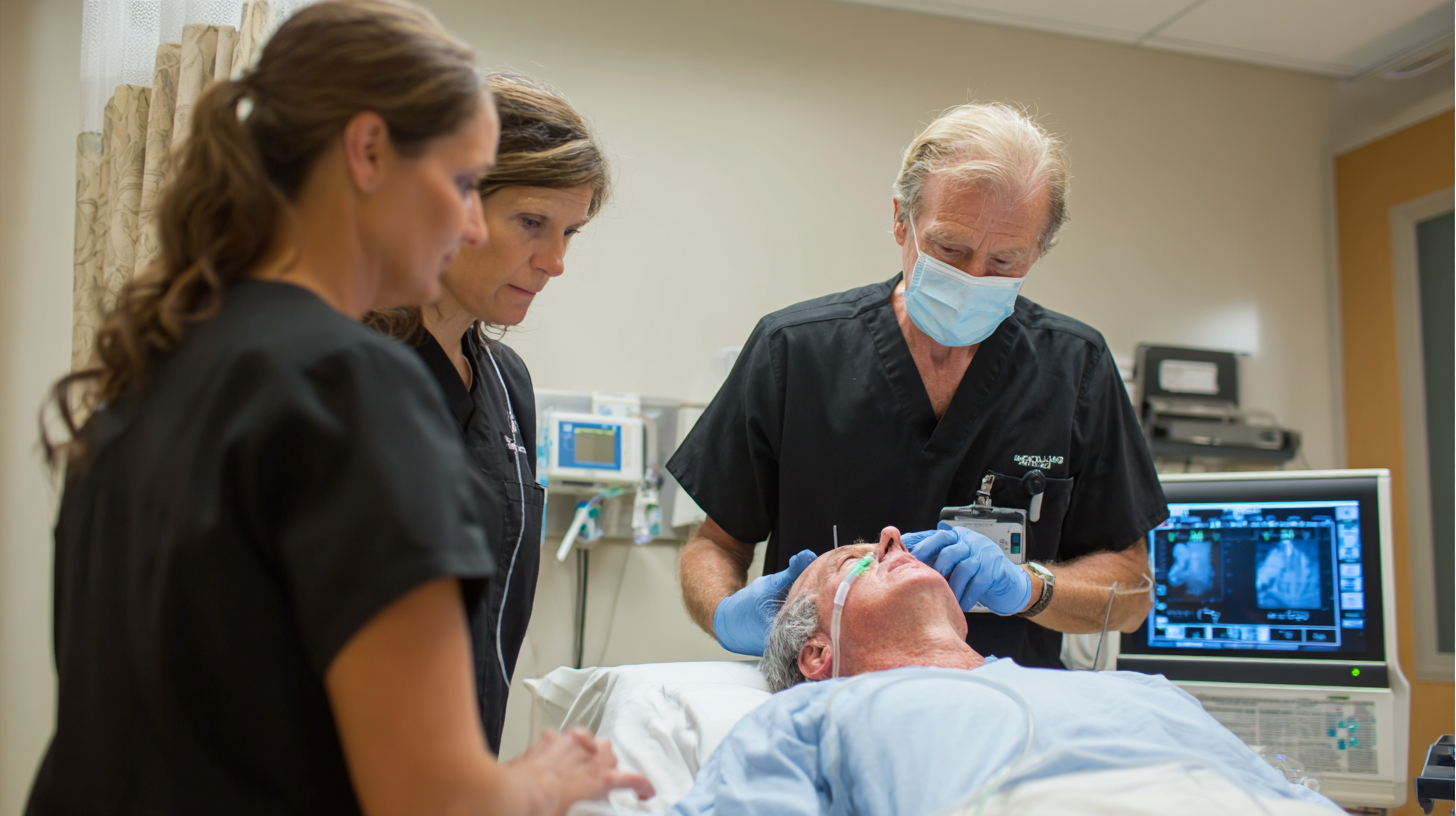
And let’s not forget telemedicine — it’s a game-changer. Patients no longer need to travel miles just to see a specialist; they can get advice from the comfort of their home. This really cuts down waiting times and makes healthcare way more accessible. On top of that, there are cool apps and tools that let people take charge of their health — like tracking symptoms, booking appointments, or messaging their doctor directly. If healthcare keeps leaning into these tech innovations, we’re looking at a world where care is faster, smarter, and more personal, which ultimately leads to better health for everyone.
Improving teamwork really is a big deal when it comes to delivering better treatment, especially in high-pressure settings like healthcare. Lately, market trends show a huge rise in advanced medical tech — stuff like gamma knife treatments — which is expected to grow a lot by 2032. That just goes to show how important it is for different specialists—radiation oncologists, neurosurgeons, treatment coordinators—to work hand-in-hand. When everyone’s on the same page, diagnoses are spot-on, and treatment plans turn out way better.
To actually boost collaboration, hospitals and clinics should start using digital tools and set clear standards for how they work. Having solid systems for sharing info means teams can avoid unnecessary delays and give patients faster, more effective care. A good example? Tech companies that have really stepped up their game by standardizing processes and going digital — they’re now working smarter and more efficiently than ever.
A couple of tips:
1. Make a point to hold regular meetings where different specialists can chat about treatment plans — it’s all about building understanding and trust.
2. Take advantage of digital tools for collaboration so everyone stays updated and miscommunications during patient care are kept at a minimum.
Lately, we’ve seen how data analytics is really changing the game in healthcare. Doctors and practitioners are now better equipped to keep track of patient outcomes and tailor treatments to each individual. I came across a report from AHIMA that said hospitals using advanced data analytics had about a 15% drop in readmission rates compared to those sticking with the traditional methods. That’s pretty impressive, right? It just goes to show that making decisions based on data can really lead to more effective treatments and overall, better patient care.
By tapping into predictive analytics, hospitals can spot at-risk patients early on and adjust their care plans accordingly. There was even a study published in JAMA that showed healthcare systems using predictive modeling saw around a 20% jump in how well patients stuck to their prescribed treatments. This not only helps improve health outcomes but also makes better use of resources—so patients get the right care, at the right time. Honestly, using data analytics is not just a nice-to-have anymore; it’s pretty much a must if we want to do better for patients in today’s complicated healthcare world.
Focusing on patient-centered approaches is really key if we want to boost how effective treatments are and help patients get better results. When we get patients involved in their own healthcare journey—like, actually listening to their concerns and making sure they understand what's going on—it makes a huge difference. It’s not just about handing over info about their condition and options; it’s also about making sure they feel valued and heard along the way. Adjusting how we communicate based on each person's needs can really help them understand better and stay committed to their treatment plan.
Another big thing is creating a space where patients feel comfortable sharing their worries and preferences. Using tools like surveys, feedback sessions, or support groups can give us some real insight into what patients are experiencing and how they see things. Those insights can help healthcare providers tweak their approaches and build a stronger, more trusting relationship. Plus, with tech like mobile health apps, patients can take charge of their own care—tracking their progress, getting reminders for meds, and all that. It all adds up to improved health outcomes and a more personal touch to healthcare.
: EBPs are treatment methods and practices that are based on the most current and effective research. They are important in clinical settings as they enhance treatment efficiency and improve patient outcomes.
Multidisciplinary collaboration fosters an environment where diverse expertise contributes to patient care decisions, leading to more comprehensive treatment plans.
Effective strategies include conducting regular training sessions on the latest research, integrating EBPs into daily routines with checklists or protocols, and utilizing patient feedback to adapt approaches.
EHR systems streamline documentation, provide quicker access to patient information, and promote better communication among healthcare professionals, allowing more focus on direct patient care.
Telemedicine bridges geographical gaps, allowing patients to receive consultations from specialists remotely, reducing wait times and increasing accessibility to care.
Patient engagement tools, such as mobile health apps, enable individuals to track their symptoms, schedule appointments, and communicate with healthcare providers, helping them manage their health more effectively.
Data analytics allows practitioners to monitor patient outcomes more effectively and tailor treatment plans, leading to significant improvements in care, such as reduced readmission rates.
Predictive analytics can help identify at-risk populations early, allowing healthcare providers to customize interventions, which improves patient adherence and clinical outcomes.
The adoption of data analytics is essential for achieving better patient outcomes and optimizing resource allocation in an increasingly complex healthcare landscape.
So, I came across this article called 'How to Boost Treatment Efficiency for Better Patient Outcomes,' and honestly, it offers some pretty practical strategies for healthcare providers looking to make things run smoother. Basically, if you base treatments on solid, up-to-date research and really tailor them to each patient, you're already on the right track. It also emphasizes how important it is to bring in new tech tools — stuff that can simplify how we communicate with patients and among our teams.
Plus, working well as a team is a big deal. When everyone’s collaborating effectively, treatment delivery just gets better. Using data analytics is another game-changer — it helps us keep a close eye on how patients are doing and tweak treatments as needed. Putting the patient first, really listening to their needs, also encourages them to stick with their treatment plans, which ultimately leads to better health results. All these things together can make a real difference in how efficiently healthcare is delivered and how good the outcomes are for patients.
